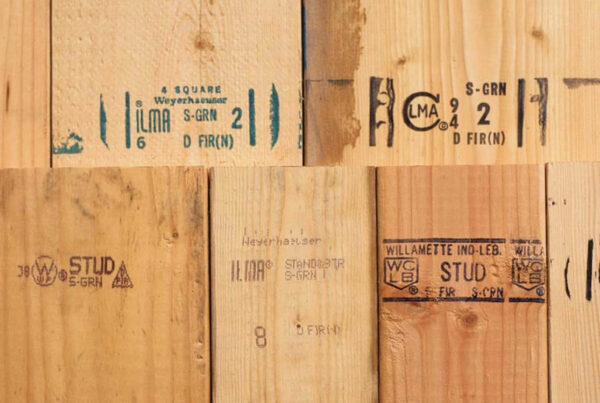What is a Darvas Box?
The Darvas box is a trend following system. A trend following system is one that does not try to anticipate a market move. Another way of saying this is that the system is reactive versus predictive.
Darvas would only enter stocks that were in confirmed uptrends and breaking out of consolidation patterns to make new highs. His boxes helped him visualize this while he was on the road dancing for a living.
Essentially, if a stock on his watchlist was bouncing around inside a “price box” of say $35 and $40, then he knew if it broke to $40.50, it was time to buy.
Likewise, if the stock retreated back into the box, it hit his stop loss orders. He wanted to make sure the uptrend was confirmed with higher prices.
Darvas Box Rules
Darvas’s rules were fairly simple, as stated in his book How I Made $2,000,000 in the Stock Market. You can find his book on any digital platform. Again, it’s a quick and fascinating read and worth your time.
Okay, back to the rules.
- A stock is making a new 52-week high
- After the high is set, there are three consecutive days that do not exceed the high
- The new high becomes the top of the box and the breakout point leading to the new high becomes the low of the box
- Buy the break of the box once it exceeds the high by a few points
- Sell the low of the box if it is breached
- Add to your position as it moves into each new box
This sounds like a lot, but it’s honestly straightforward. You have 7 steps which prescribe how to find the stock and also provides entry and exit criteria.
How to Draw a Darvas Box
Keep in mind that Darvas did not have a computer. They hadn’t been invented. He had to rely soley on data from newspapers and needed to manually track his trades after the market close later that day or even the next morning when he could get his hand on a newspaper.
In fact, he recounts that the worst trading he ever did was when he was “close” to the action in New York. Something about the proximity to Wall Street and the instant availability of information made him overtrade and over think. For that reason, he went back to his “detached” style of trading while on the road and found success again.
Thankfully for us, we live in a time where computers do all of the heavy lifting for us. On that token, the Darvas Box indicator is prevalent on many charting systems.
Where Darvas Works the Best
Without a doubt, the Darvas box strategy works best in strong bull markets. The market simply goes higher and you just keep buying the strength. If you are swing trading and you can catch the right symbol, profits can get out of hand quickly.
The hard part though is finding, buying, and managing these homerun trades.
Risks of Trading the Darvas Box
The Darvas box can put you in a tight spot under the following scenarios:
- Buying breakouts into stocks that are near 52-week lows
- Buying breakouts during bear markets
- Scaling too heavily when adding to your position
- Using the Darvas Box within sideways markets
- Ignoring Your Stop Levels









